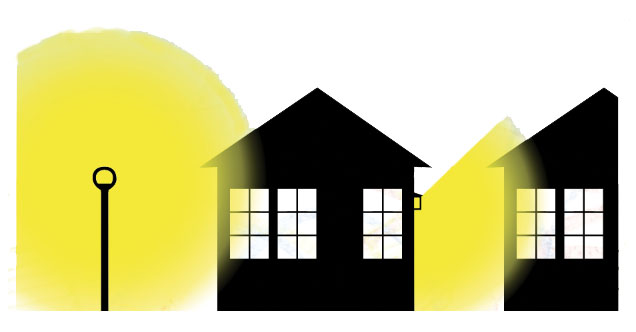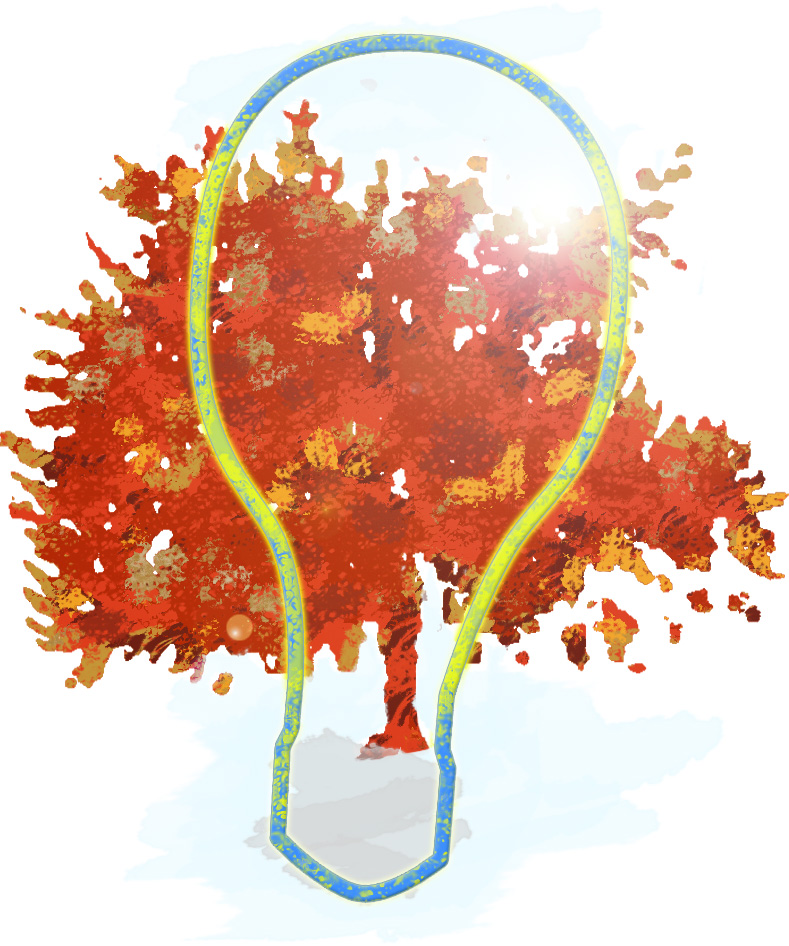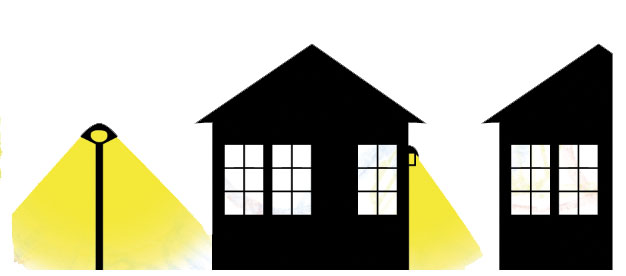Light Pollution
What is it? Why does it Matter?
How you Can Make a Difference?
You Can Make Sustainable Choices to Reduce Light Pollution!
Choose the Right Fixtures and Accessories to Reduce Light Pollution.
What is Light Pollution?
Light Pollution is...
Unwanted or harmful manmade light
How Can Light be Harmful
- When outside light shines into our homes at night, it may create problems by...
- Interfering with our body clocks
- Interfering with our sleep patterns
- Fading our belongings
- When light shines into the night sky, it creates problems by...
- Hiding the beauty of the night sky
- Interfering with wildlife
- Light pollution wastes energy!
How is Wasting Energy Harmful?
- Light pollution wastes $2.2 billion in the United States alone
- Light pollution uses up resources, yet serves no useful purpose
- Almost 2/3 of the electricity used in the United States comes from non-renewable fossil fuels
- The process of generating electricity contributes to air pollution

How Can we Reduce Light Pollution?
Modify Existing Lighting Fixtures
- There are simple and inexpensive ways to reduce light pollution!
- When possible, add accessories like shields, visors, or hoods to lighting fixtures
- Make sure lights are aimed properly and are not shining directly into windows or into the sky
- Eliminate unnecessary lighting
Install New Lighting Fixtures
- If old lighting fixtures cannot be modified to prevent light pollution, consider replacing
them with full cut-off or dark-sky friendly fixtures
- Full cut-off lighting fixtures are shielded, so that their light is "cut-off' at a certain point; this makes sure that the light shines only where it is useful
- Dark-sky refers to a night sky that allows us to see the stars clearly and is free of artificial glow from lighting fixtures
- Dark-sky friendly lighting fixtures direct light onto walkways or streets, not into the sky
Consider This...
Light and Community
Some communities have established lighting ordinances and curfews, in order to conserve electricity, reduce unneeded or unwanted light, and preserve the beauty of the night sky
Light and Health
In 2019, the American Medical Association (AMA) resolved to support light pollution reduction efforts
Choosing Well
- When replacing old fixtures, consult with an electrician who can advise you about
planning and provide installation
- Not all lighting fixtures are designed to accept accessories
- Read all lighting fixture and accessory instructions carefully
- When purchasing new fixtures, consider fixtures from reputable manufacturers that
bear the International Dark-Sky Association's (IDA) Fixture Seal of Approval logo
- The logo means that a fixture that has been evaluated and approved by third party certification as minimizing light pollution
Sources
American Medical Association. Resolution 516(A-09): Advocating and support for light pollution control efforts and glare reduction for both public safety and energy savings. Retrieved November 23, 3009
International Dark-Sky Association. (n.d.). Light pollution.
International Dark-Sky Association. (2010, April). Fixture Seal of Approval program.
Mizon, B. (2002). Light pollution: Responses and remedies. New York: Springer.
Narisada, K., & Schreuder, D. (2004). Light pollution handbook. Dordrecht, Netherlands: Springer.
Rea, M.S. (Ed.). (200). The IESNA lighting handbook: Reference and application (Ninth ed.). New York, NY: Illuminating Engineering Society of North America.
U.S. Department of Energy. (n.d.). Fossil fuels. Retrieved from http://www.energy.gov/energysources/fossilfuels.htm.
U.S. Energy Information Administration. (2010, December.) Frequently asked questions: Energy. Retrieved from http://www.eia.doe.gov/ask/electricity_lighting.
Authors
Paulette Heber, Ph.D.
Professor
Design, Housing, & Merchandising
Gina Peek, Ph. D.
Assistant Professor, Extension Specialist
Housing & Consumer
Reviewers
Lynne Beam
Oklahoma Cooperative Extension Service
Kathie Bergmann
Parent Child Connections
Gale Mills
Oklahoma Cooperative Extension Service
Claudette Reichel, Ph.D.
Louisiana State University
Graphic Design
Sylvia Chaney


